Purpose
Emulator of radioactive particle detector is a hardware-software electronic module designed to emulate the counter of ionizing radiation level. For this purpose the emulator includes a pulse counting output to the main controller. Arduino, ESP8266, ESP32, Raspberry Pi, STM32 and others can be used as host controllers. The simulated radiation level and operation mode of the emulator are indicated by light signals on the built-in RGB-LED.
GCemu20_V1 is an inexpensive and useful device for:
- safe and system learning,
- unit testing and development of new devices,
- detection and troubleshooting of running systems, etc.
This module is useful in training, testing, and constructing both indoor and outdoor ionizing radiation power meters in both handheld/pocket and stationary designs. The only thing you need to start using the emulator module is any microcontroller that can count the number of input pulses per unit time on its GPIO, as well as power via micro USB.
Specification
- The module dimensions are 30 x 65 x 10 mm. The ESP12.OLED module without display is taken as the basis.
- True Random Number Generator is a built-in ESP8266 TRNG.
- Power of simulated radiation: 5 modes from 0 to 1.5 µSv/h.
- Powered by AC/DC 5V adapter (not included) via micro USB.
- There are 2.54 mm solder holes on the module board for connecting the console via UART. The console can be used when operating the emulator or flashing the embedded ESP8266 controller in GCemu20_V1.
- The current consumption is similar to the ESP12.OLED_V1 module and is up to 80 mA with WiFi enabled (WiFi and ADC required by TRNG).
- The pulse output GCemu20_V1 is compatible with the 3V3 ACTIVE-LOW logic signal levels.
- The output pulse duration is about 10 µs, similar to the GGreg20.
- Software: NodeMCU/Lua firmware. The emulator code starts automatically after power-up in mode 1 (simulating normal ambient radiation level [18-35] CPM).
Why and who needs the Geiger counter emulator
The main idea of any emulator in the field of DIY electronics is to temporarily, at certain stages, use a virtual substitute component instead of a real module in the process of IoT device development or experimenting / learning to reproduce the operation and characteristics of a real device with high accuracy. The emulator should simplify and speed up development, as well as add convenience in the initial stages of a planned project or performing unit tests.
Geiger counter emulator advantages
- No high voltage
- Simplified learning process
- Lower cost
- No real source of radiation is needed
- The resource of the Geiger-Muller tube does not run out, because it does not exist
- Debugging data in the UART
Emulator users
- Radio amateurs in IoT and DIY microelectronics
- Teachers and students of technological universities
- Research groups and institutes
- Parents and children who are independently learning new technologies at home
- Developers and testers of stationary and/or hand-held dosimeters
- Test laboratories for quality and/or consumer protection
Emulator limitations
Among the known limitations of this method of creating a Geiger counter emulator is the memory size of the ESP826 controller, in which we create in a loop the required number of one-shot timers with random times of firing. Each timer, in fact, is a function that takes a certain amount of RAM. When the timers are fired, the memory is immediately released. The execution of the code we developed resembles a spring, which in a cycle once a minute is sharply compressed and slowly uncompressed within the available memory of the controller.. Thus, the maximum possible number of events generated by our chosen method of generating random events at the emulator output directly depends on the amount of free RAM and the speed of the controller.
Experimentally we found that ESP8266 with NodeMCU firmware and Lua language can confidently generate about 260 events per minute or near 1.5 μSv per hour. This is more than enough pulses per minute for the emulator project and the...
Read more » IoT-devices, LLC
IoT-devices, LLC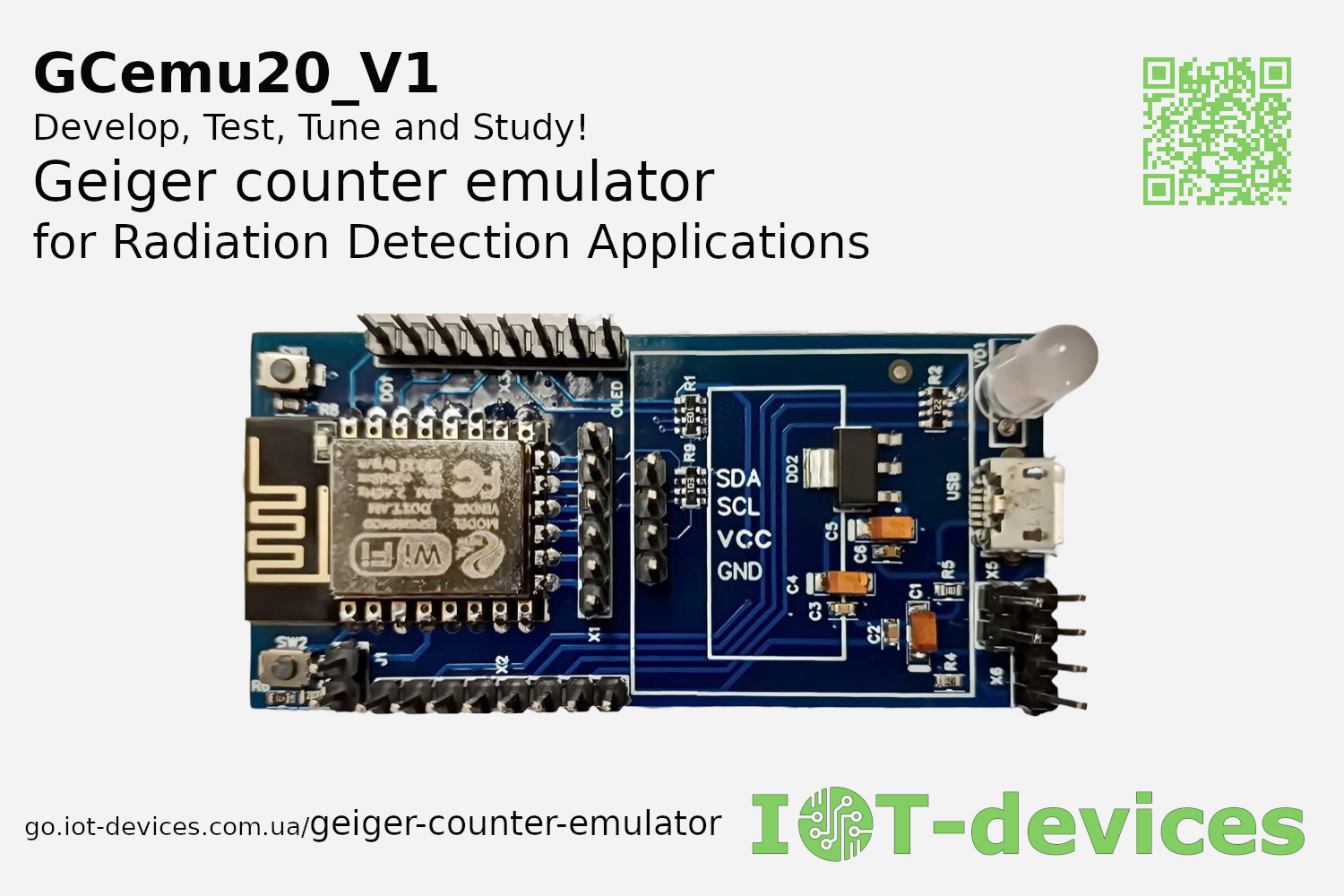
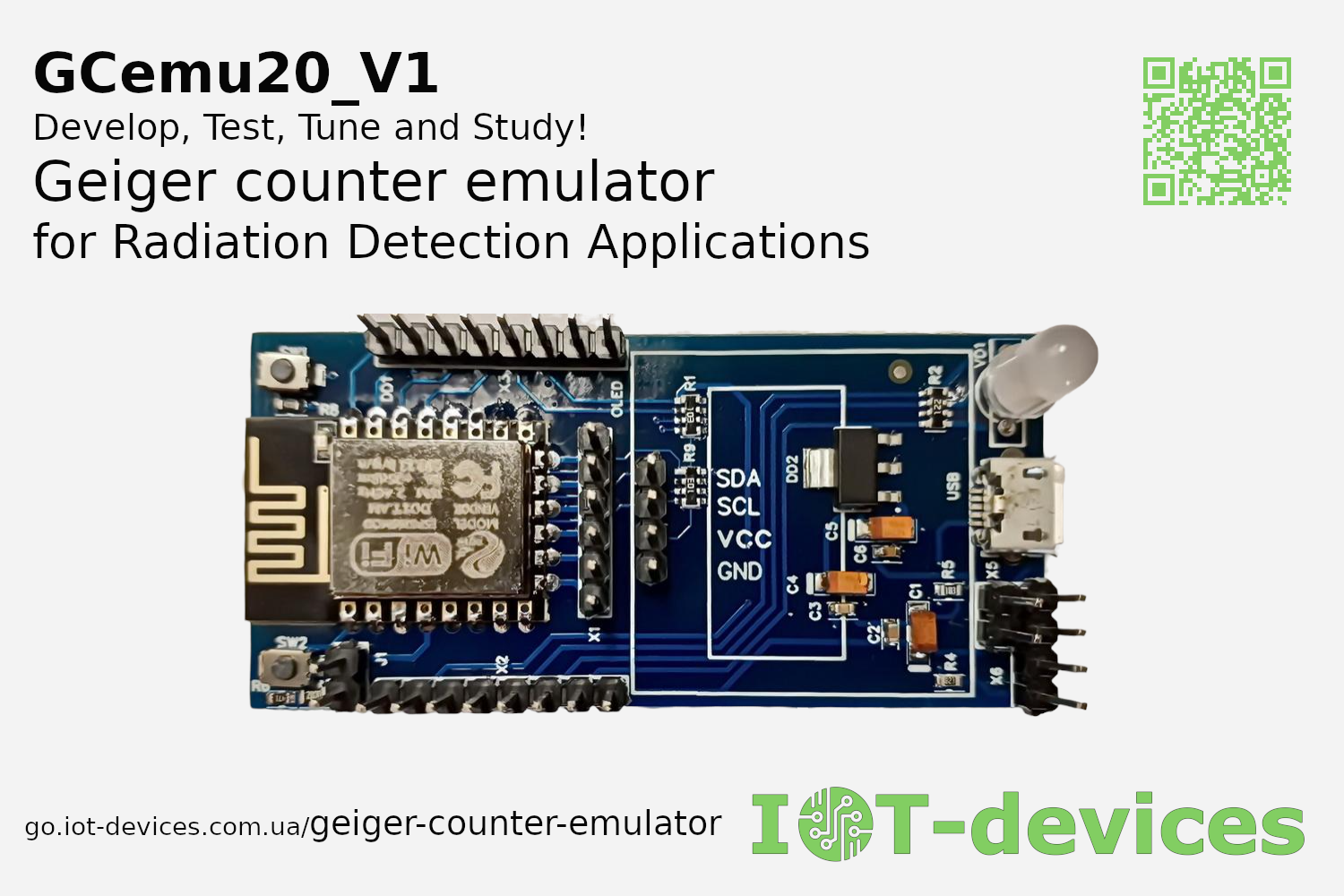
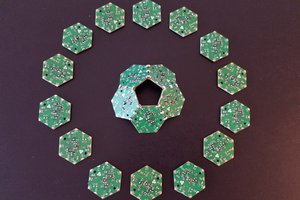
 Hexabitz
Hexabitz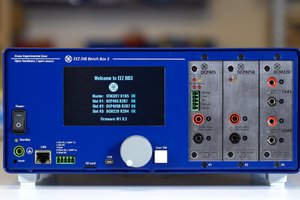
 Denis
Denis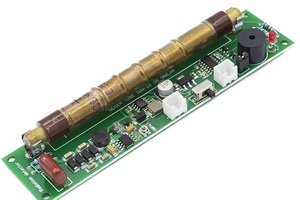

 matthewreed
matthewreed